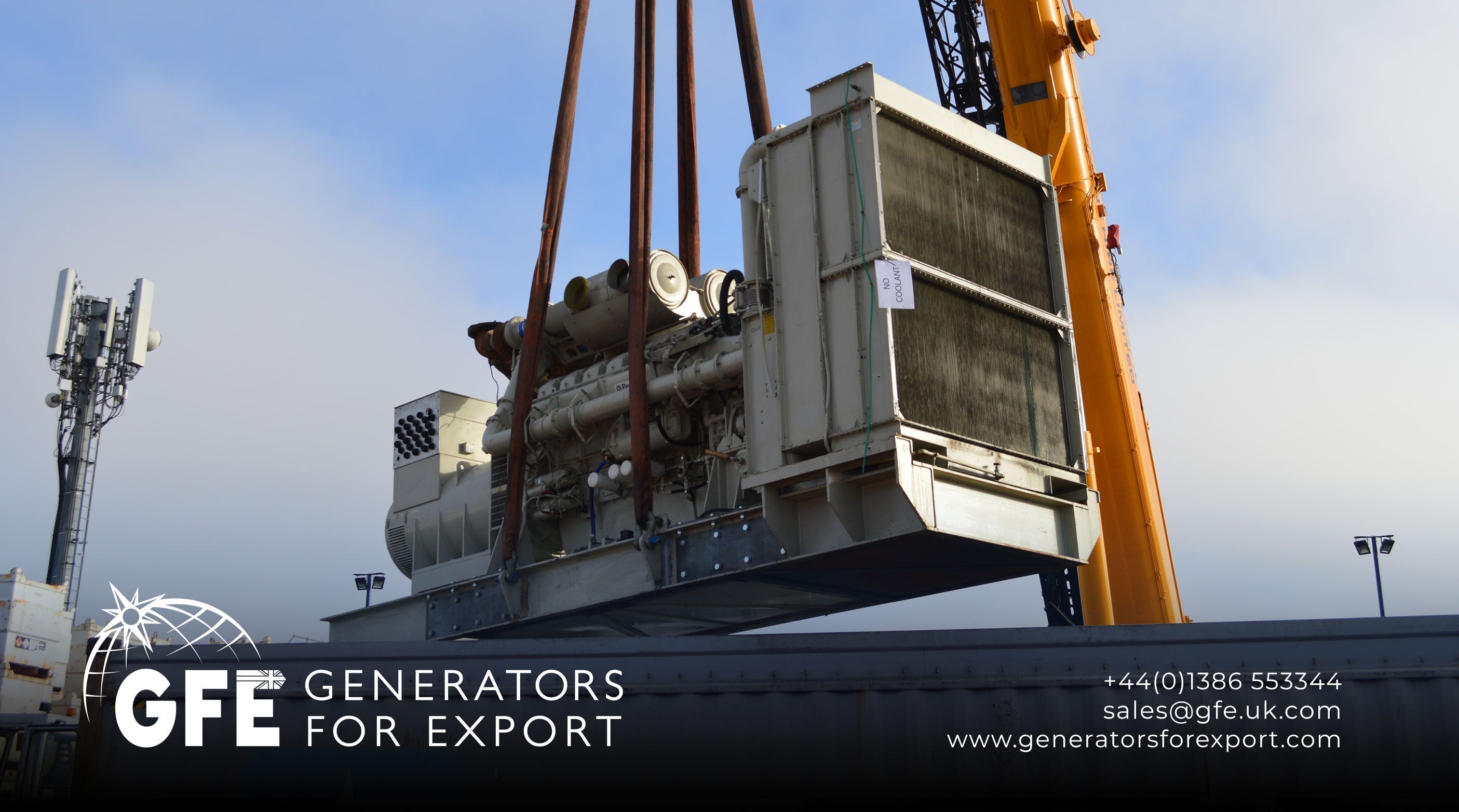Why Understanding Power Generation Matters
At the flick of a switch, your lights turn on. But have you ever stopped to consider how that invisible force makes its way to your home or business? Electricity powers everything from a morning coffee machine to lifesaving hospital equipment. And yet, when the grid goes down, many people suddenly realise they don’t really know how it all works.
At Generators for Export, we often hear common concerns:
- “Why won’t my generator work when the grid fails?” - Many people don’t know that generators replicate, but also differ from, large-scale power plants.
- “Is generator power the same as utility power?” - Knowing the difference can protect sensitive electronics.
- “How does a generator actually make electricity?” - Without this understanding, troubleshooting and maintenance can feel overwhelming.
This guide breaks down the basics of power generation, from Faraday’s early discoveries to today’s turbines and renewables, helping you feel more confident about the electricity that keeps your world running.
The Core Principle: Electromagnetic Induction
Nearly every generator, whether small enough for a home or large enough to power a city, relies on one principle: electromagnetic induction.
In 1831, Michael Faraday discovered that moving a magnet near a coil of wire forces electrons to flow, creating electricity. This principle remains the backbone of power generation today:
- A rotor (magnet or magnetic field) spins inside a stator (stationary coils of wire).
- The spinning field excites electrons in the coils.
- Electricity begins to flow.
This is how both massive power plants and portable generators create usable electricity.
How Power Plants Generate Electricity
Large-scale power stations typically rely on turbines to convert mechanical energy into electrical energy. The main methods include:
- Steam Turbines - Powered by steam from boiling water using coal, gas, nuclear, or geothermal heat. Still the world’s leading electricity source, generating about 70% of global supply.
- Hydroelectric Turbines - Driven by flowing water. Clean and reliable, providing roughly 15% of worldwide electricity.
- Wind Turbines - Harness the movement of air. One of the fastest-growing renewable energy technologies.
- Combustion Turbines - Use natural gas to spin turbines directly, often paired with steam turbines in efficient combined-cycle plants.
Beyond Turbines
Not all electricity requires turbines:
- Solar PV Panels - Convert sunlight directly into electricity using semiconductors.
- Internal Combustion Generators - Engines running on diesel, natural gas, or biomass. These are essentially scaled-down versions of power plants, commonly used for backup or off-grid setups. Take a look at our large range of used diesel generators and find the perfect set up for your home or business!
From Power Plant to Plug Socket
Electricity goes through several stages before it reaches your devices:
- Generation – Turbines or engines create electricity.
- Transmission – Voltage is stepped up for efficient long-distance travel.
- Distribution – Substations reduce voltage to safe household levels (110–240V).
- Consumption – Electricity flows through your meter, fuse box, and wiring. Increasingly, home solar panels can also feed energy back into the grid.
Keeping Your Power Production Reliable
Learning how electricity is produced is one thing -making sure your own generator produces it reliably is another. Just like power plants require maintenance, so do smaller internal combustion generators. Here are a few essential tips:
Run Regular Test Cycles
Keep your generator “producing power” by starting it for 15–30 minutes every few weeks to circulate fluids and charge the battery.
Check Oil and Coolant Levels
Just as steam turbines rely on water and heat, your generator needs clean oil and coolant to operate safely and efficiently.
Keep Fuel Fresh
Fuel is the raw material for electricity in combustion generators. Rotate your supply and use stabilisers to prevent fuel degradation.
Protect from the Elements
Whether it’s a giant hydro dam or a portable diesel unit, protection matters. Keep your generator in a dry, ventilated space to avoid rust, dust, and pest damage.
Schedule Professional Servicing
Power plants rely on teams of engineers, your generator deserves the same expert care. Regular servicing ensures it produces electricity when you need it most.
At Generators for Export, we’re more than just a supplier of dependable used generators - we’re your partner in power. Understanding how electricity is produced not only helps you appreciate the systems we all rely on, but also gives you the confidence to select, operate, and maintain your own generator.
From Faraday’s discovery of electromagnetic induction to the wiring inside your home, power generation is both fascinating and essential. And with the right backup generator, you’ll always be prepared when the lights go out.
Ready to Take Control of Your Power?
Explore our wide range of used diesel generators today and find a reliable solution that keeps your home or business running, no matter what the grid is doing.
Call: +44(0)1386 553344 | Email: sales@gfe.uk.com

